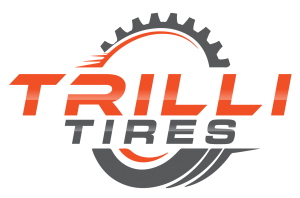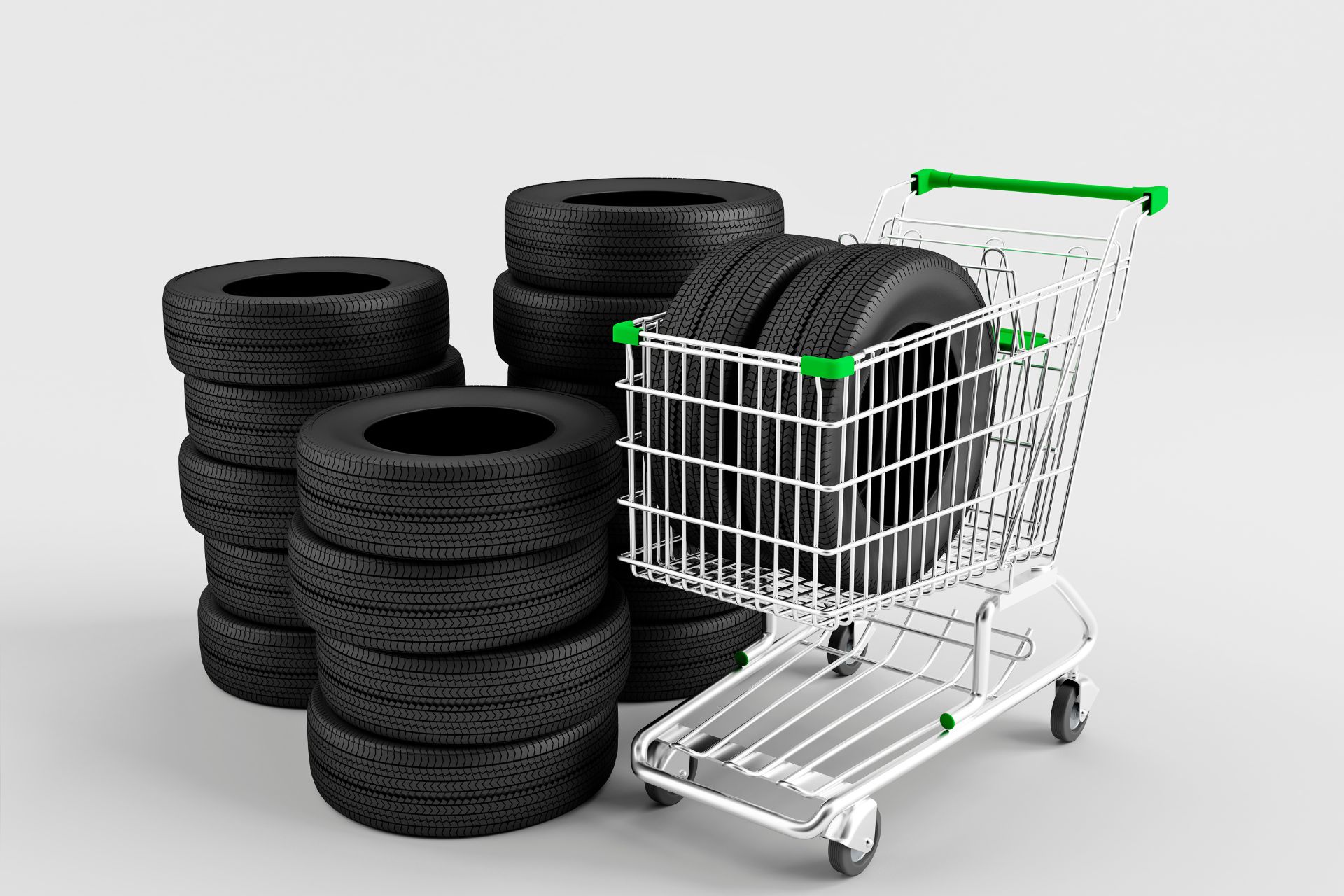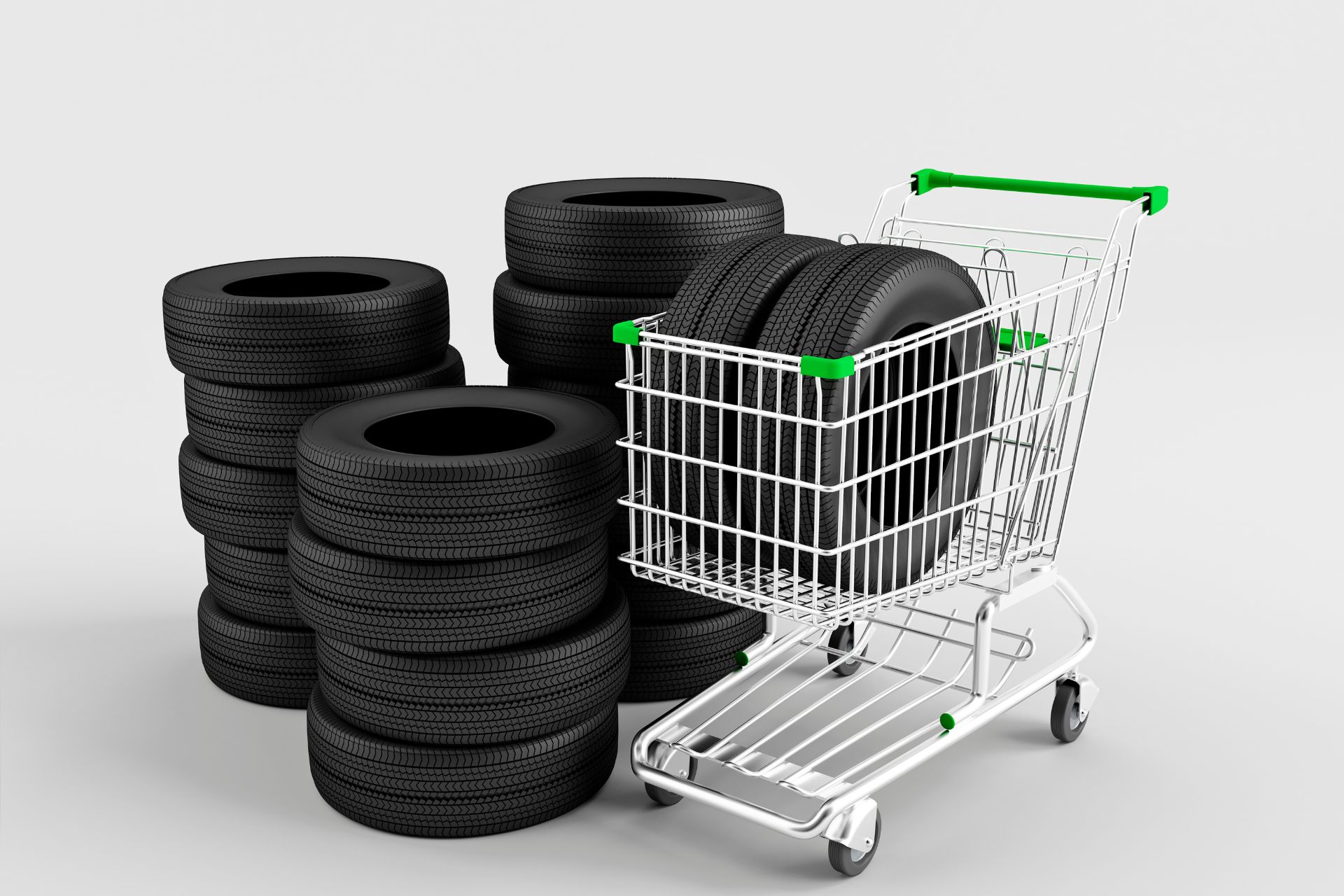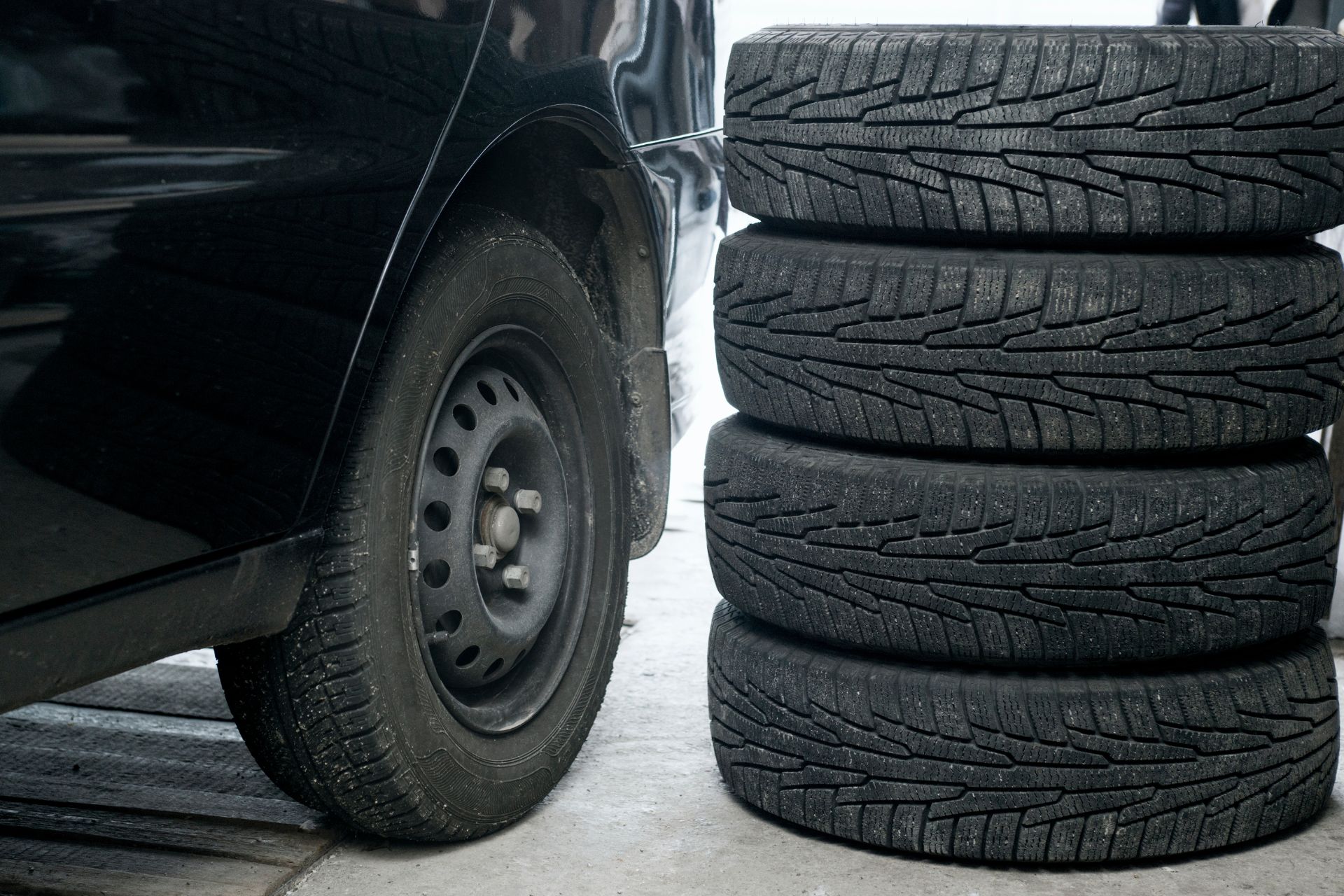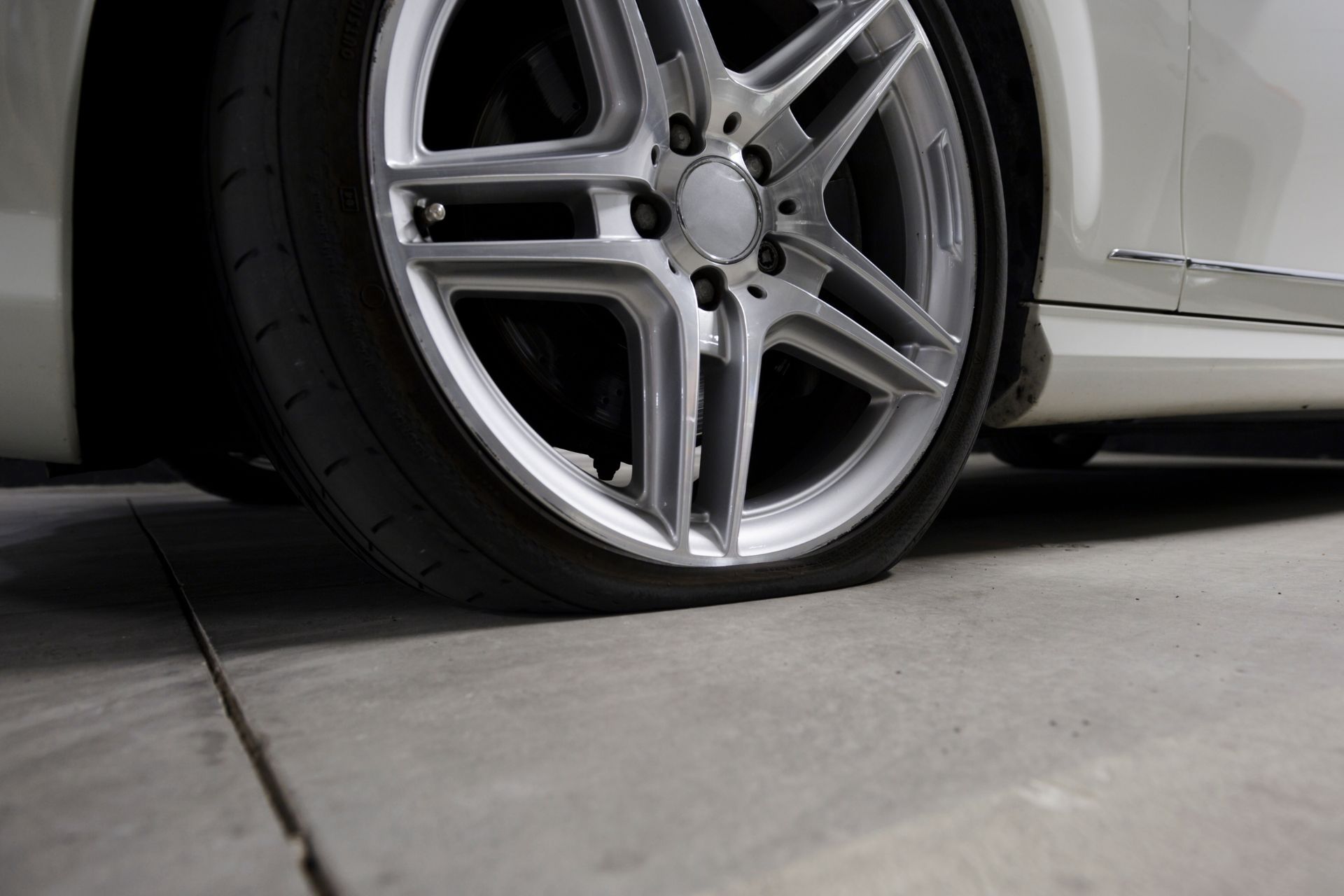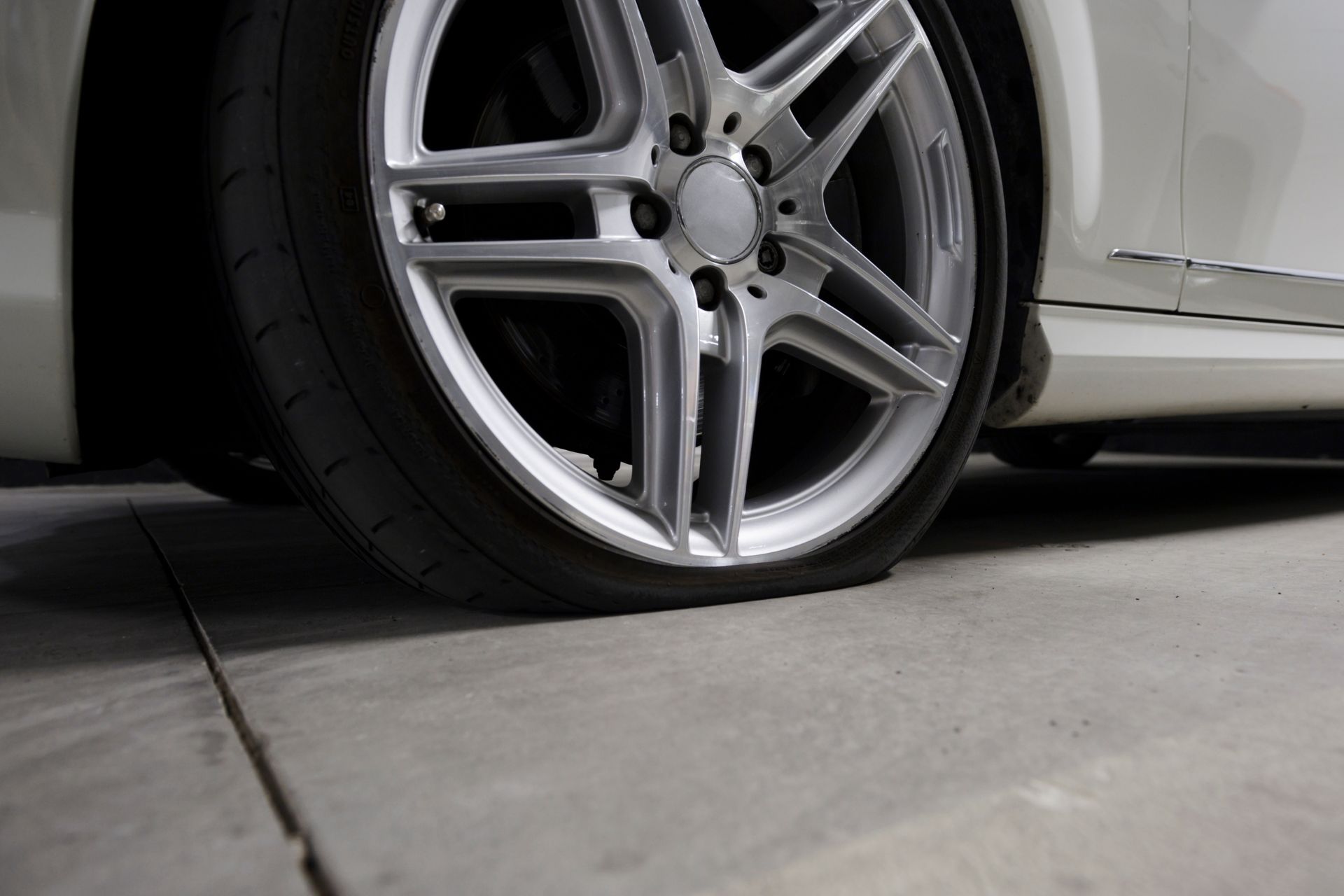How To Prevent Your Tires From Getting Cracks
Tires are subject to weather fluctuations, including temperature changes from summer to winter, as well as brake dust and chemicals. Although tires are protected by anti-aging chemicals in the rubber, they can be damaged by these elements. Rubber’s elasticity can lose and cause cracking. Normal tires will last between five and seven years. However, as they age, they begin to wear out. This can lead to dangerous cracks.
WHAT ARE THE CRACKS IN TIRES?
Weather checking, weather cracking, and ozone-craking are all terms used to describe small cracks in tires. They usually develop on the sidewalls or in the base of the tread grooves. These cracks are signs that the rubber in tires is beginning to wear. Cracks usually develop on the sidewall and then spread to the tire’s outer surface beneath the tread. As rubber flexibility decreases, cracks become larger and more dangerous. They don’t always mean that the tire should be replaced. However, as your tires grow in size, depth, and number, it may be necessary to replace them.
SHOULD I BE CONCERNED?
They can become more difficult to repair as they grow. These cracks can quickly turn into larger cracks or other problems that could lead to a tire burst. The tire’s structural integrity may be compromised if cracking is visible between the treads. It is important to have an experienced mechanic examine the tire. A tire with cracks that is less than a year old could be an indication of a manufacturing defect and should be replaced immediately.
HOW TO PREVENT AGING & CRACKED TIRES
You can prevent your tires from cracking and aging by keeping them away from the elements.
- Park your car in a garage that is not directly exposed to sunlight if you can.
- After driving, clean the tires of snow and mud.
- To reduce tire strain, keep the tires inflated.
- Do not allow your tires to sit in water.
- Your vehicle shouldn’t be left in one spot for too long. Even if your vehicle isn’t used often, you should take it out for a drive every few weeks to get the tires moving.
WHAT TO DO IF YOUR TIRES ARE AGING OR CRACKED?
You should take your tire to your local Tire Shop for an inspection if you see signs of aging or cracking. Cracked tires may be repaired but it might not fix the problem. For your safety and that of other drivers, it is best to replace worn-out tires in order to prevent accidents from happening.
CONTACT US
It can be hard to determine if the damage is severe enough to cause a problem. TrilliTires in Richmond Hill, Ontario can inspect and diagnose any issues and make any repairs or replacements that you might need. Request an appointment by sending us a message or calling us at (905) 883-1118.
